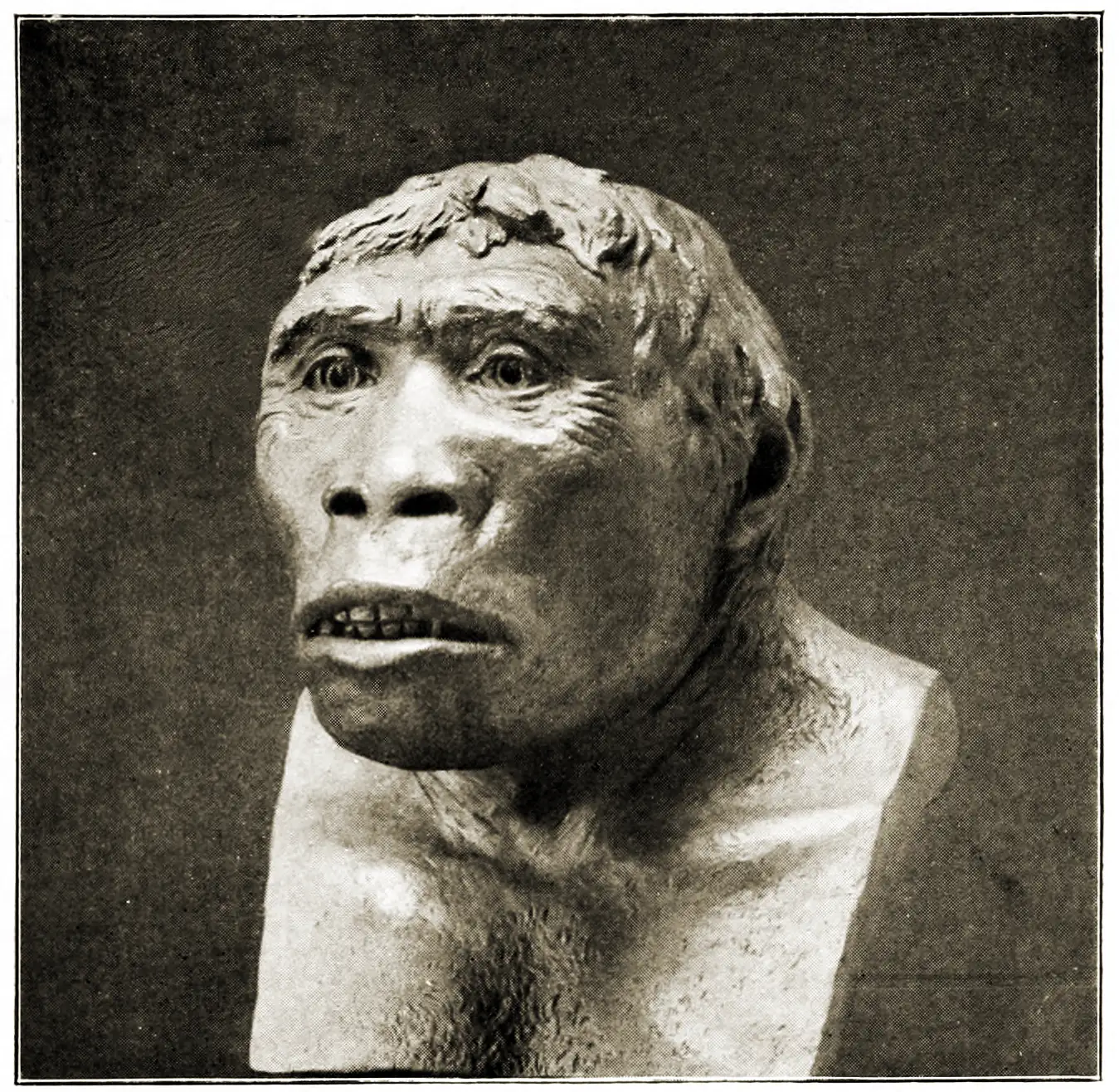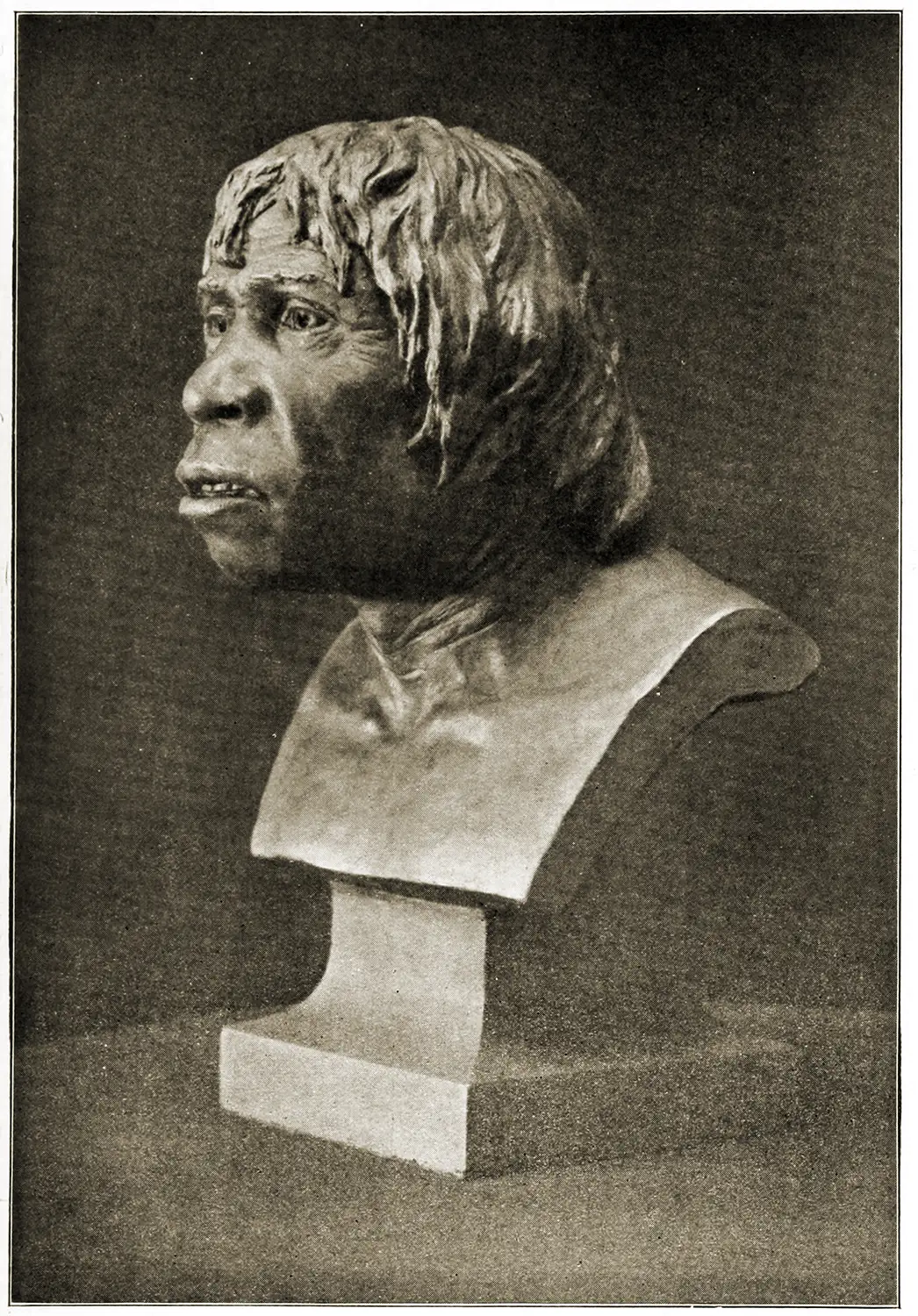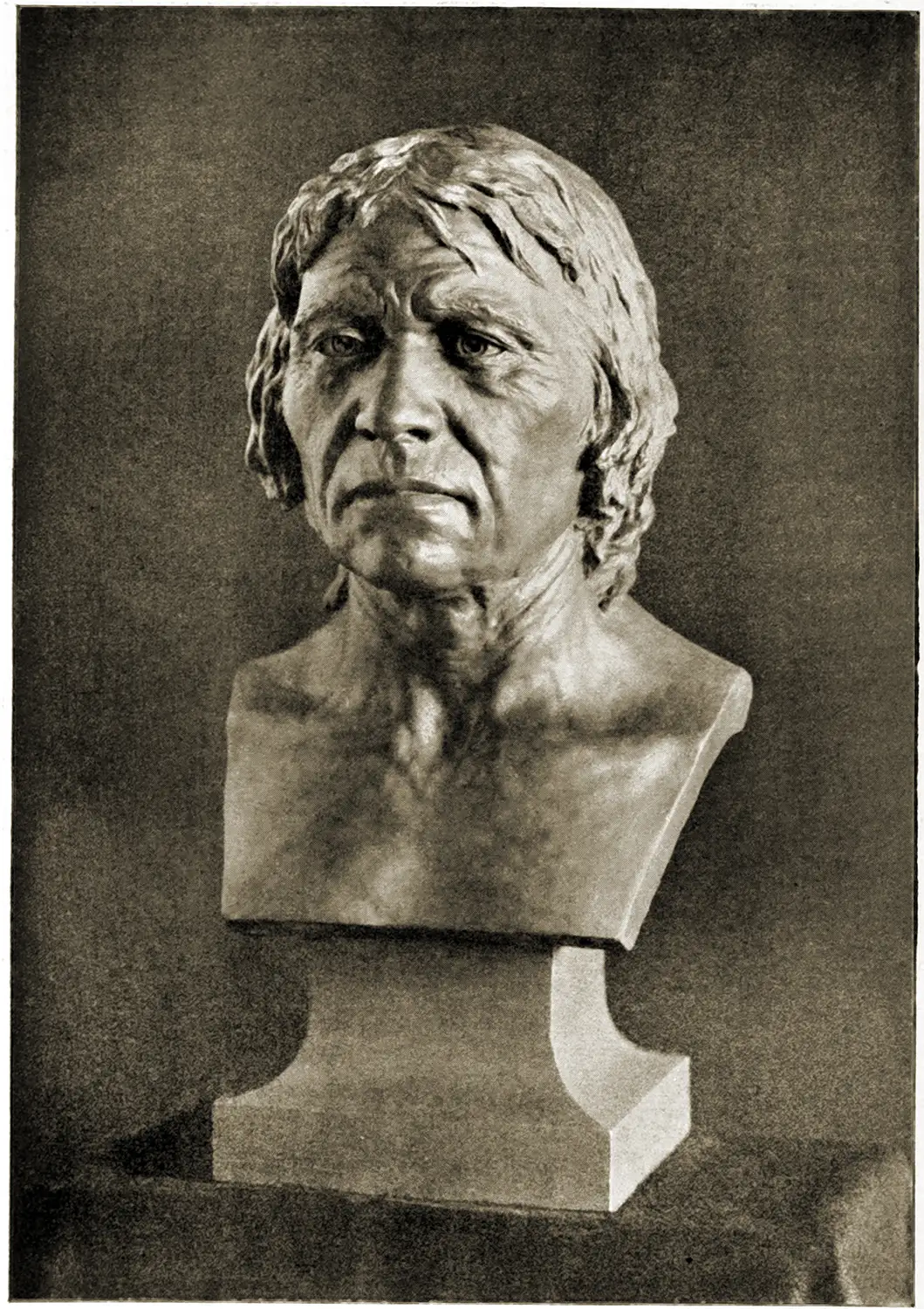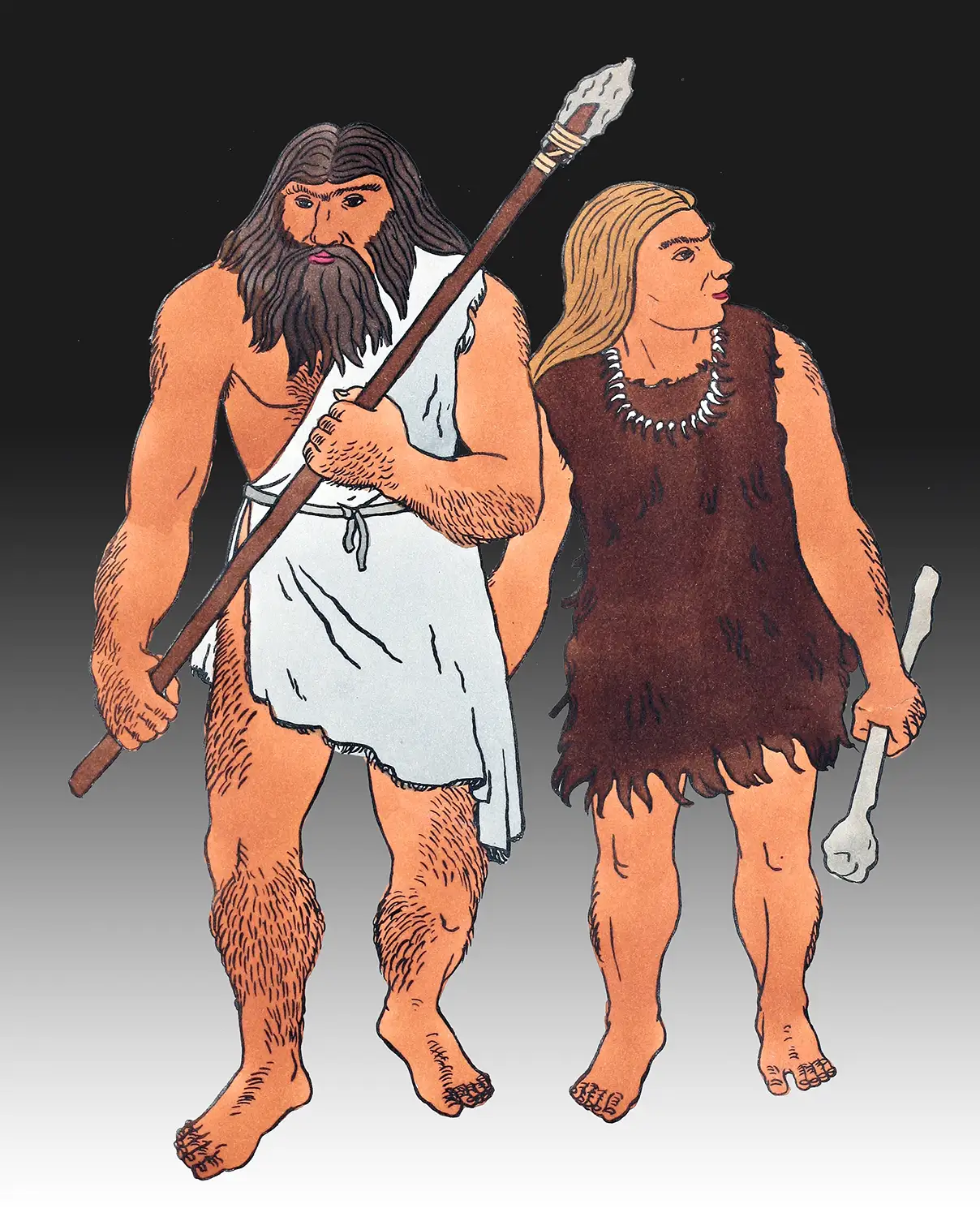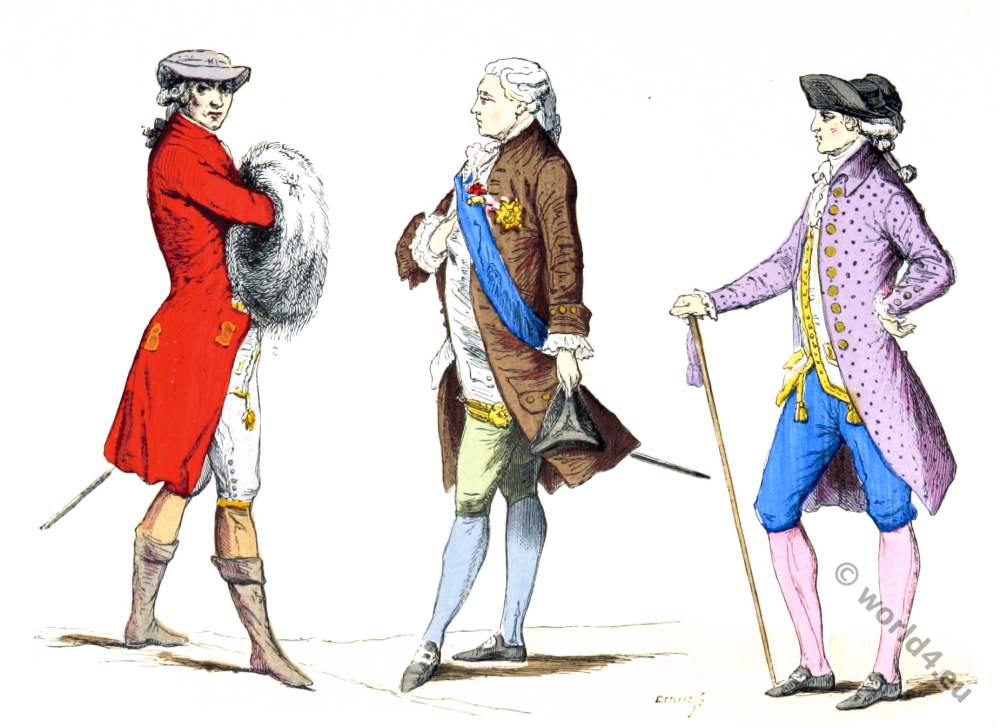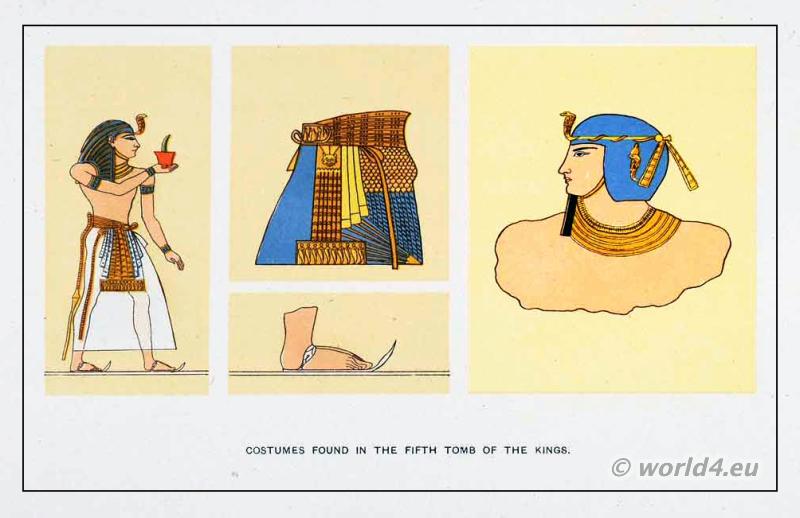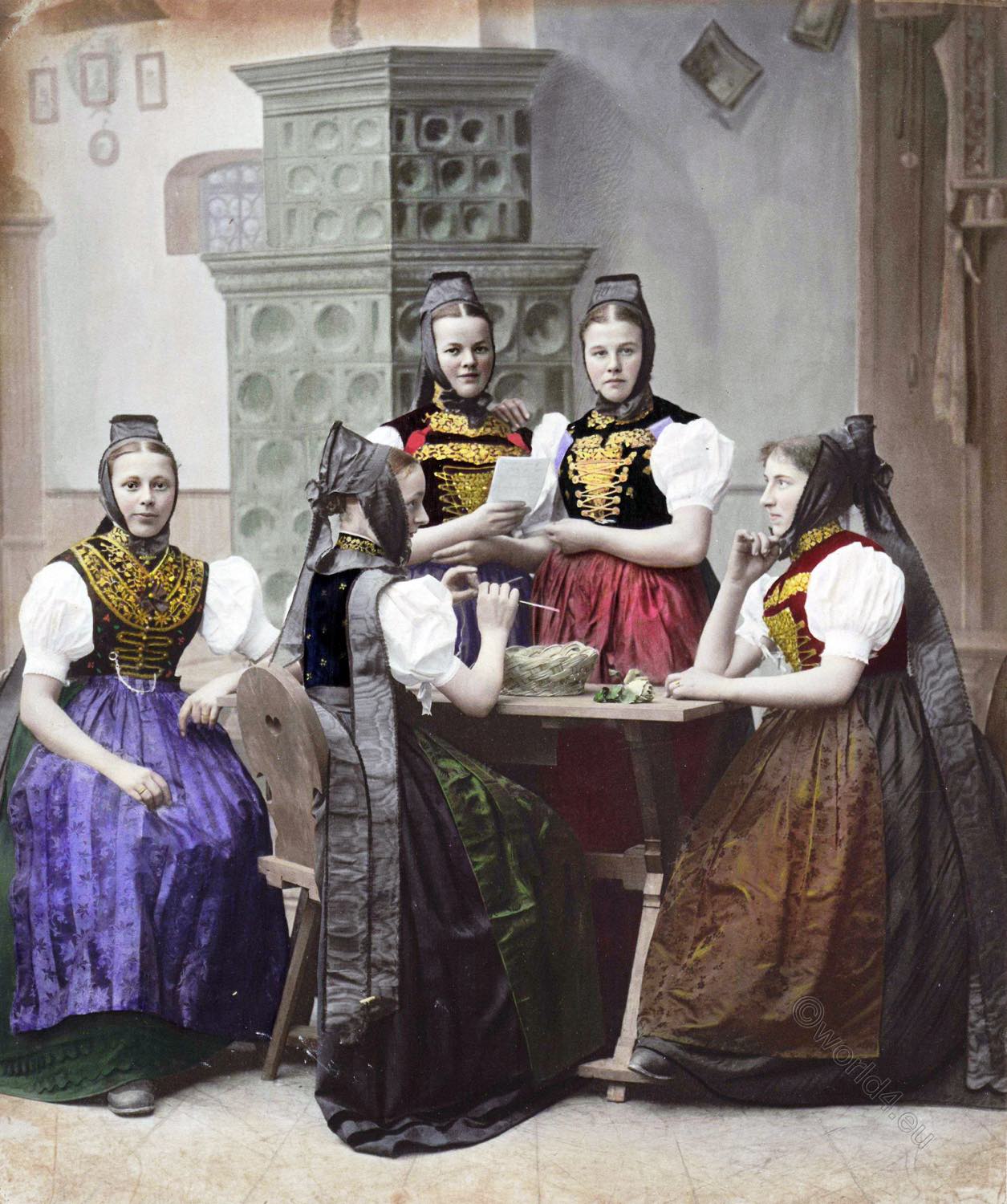THE JAVA MAN (Ape-man).
Java Man is the name given to fossils first discovered in 1891 by Eugène Dubois on the banks of the Solo River (also: Bengawan Solo) near Trinil in East Java. According to current knowledge, they are thought to be about one million years old.
They were the first fossils of hominini to be discovered outside Europe and the second evidence of fossil relatives of anatomically modern humans (Homo sapiens) after the Neanderthals. Antiquity estimated a lower age limit of 143,000 ± 20,000 years and an upper age limit of 546,000 ± 12,000 years.
THE PILTDOWN MAN OF ENGLAND
Known as Piltdown Man, the supposed remains of an early human were found in a gravel pit near the village of Piltdown near Uckfield in south-east England before 1912 and were exposed as a scientific fake in 1953.
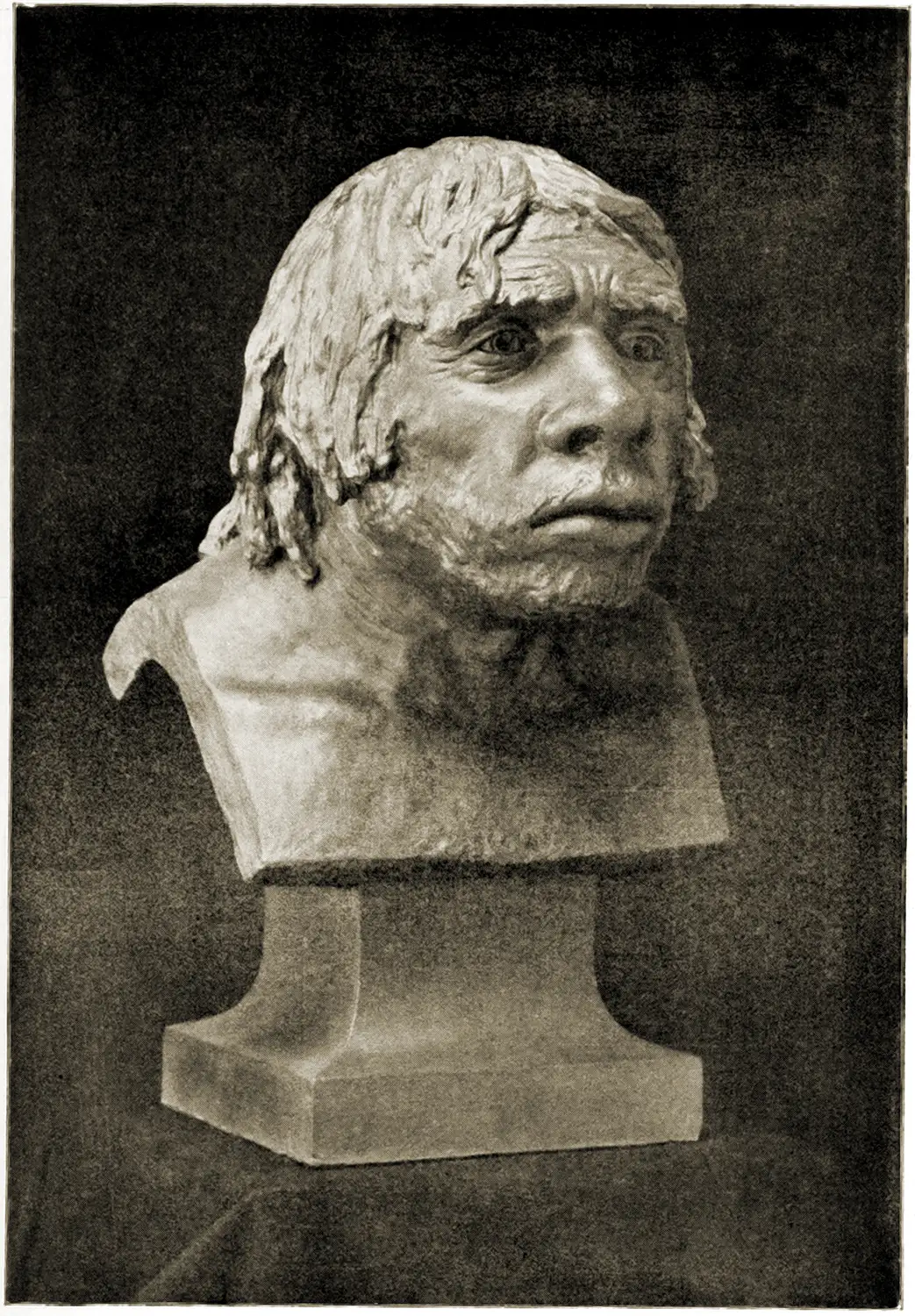
NEANDERTHAL MAN OF CENTRAL FRANCE
The Neanderthal man (until 1901 “Neanderthal”, hence scientifically Homo neanderthalensis) is an extinct relative of anatomically modern humans (Homo sapiens). It evolved in Europe, parallel to Homo sapiens in Africa, from a common African ancestor of the genus Homo – Homo erectus – and at times colonised large parts of southern, central and eastern Europe.
La Chapelle-aux-Saints 1 (also “Old Man of La Chapelle”) is the scientific name of a very well preserved skeleton of a Neanderthal man (Homo neanderthalenis) recovered in 1908 near the French commune of La Chapelle-aux-Saints.
There are currently different theories as to why the Neanderthals died out around 40,000 years ago.
CRO-MAGNON TYPE OF PREHISTORIC MAN
Cro-Magnon man is a term – founded in the European research tradition – for the anatomically modern human (Homo sapiens) of western Eurasia who lived during the last cold period.
The epoch of Cro-Magnon man is considered to be the period from the first evidence of Homo sapiens in Europe, approximately 45,000 years ago, to the transition from the Pleistocene to the Holocene, approximately 12,000 years ago. The earlier assumption that Cro-Magnon man was an evolutionary link between Neanderthal man and modern Homo sapiens has been disproved since the mid-1970s, partly because of anatomical features that clearly distinguish Neanderthal man from modern Homo sapiens. More recently, this has been confirmed by genetic and archaeological features.
PRE HISTORIC MAN.
Cro-Magnon.
PLATE 1
Long before man had learned to read or write, he was wearing clothes. Although we refer to the dweller of 45,000 years ago as a man, most of us would be frightened if we were to meet him wandering about the streets to-day. For he was, indeed, a fearsome creature.
Of course, we have no written records of men or things of 30,000 years ago. This being the case, you certainly will be curious to learn how we came to know of them. That is a natural curiosity, and the explanation is that “we obtained this information from what the scientist calls “geological records.” In plain language that means we dug into the earth and found the remains of prehistoric man.
We know the earth’s surface is constantly burying itself with dust, leaves, trees, and human and animal remains. By remembering this fact we can guess with fair correctness how old a thing is by its buried depth. In this fashion we estimate that the couple in the picture lived as far back as 45,000 B. C.
As we turn our attention to the dress of Mr. and Mrs. Caveman — we could also call them Mr. and Mrs. Cro-Magnon, since this is the name that science gives their type–we observe that their clothes are very simple. Both are wearing animal skins hung over their bodies in easy fashion. If we were to use the words of the students of costume, we would call these dresses “tunic forms.”
The woman is wearing her fur tunic over both shoulders, with the furry side out. The man has turned his fur inward, probably for warmth, and has allowed one corner to fall, leaving his right shoulder bare. The way to make a tunic like the woman’s would be to place two skins together, one on the front and the other on the back of the body, and sew them together over each shoulder. (These people had needles and thread, wich they made of bone and tendons.) As the wolves’-teeth necklace that hangs about the woman’s neck indicates, the cave people wore ornaments. Most of these were made of bone and stone, with tendons for cord.
With regard to footwear, the cave man was less fortunate than we are. As you can see, he wore no shoes and had to depend upon toughening his feet in order to withstand the rough ground and cold weather.
Source:
- Museum Extension Project. History of Costume.
- The American Museum journal. New York: American Museum of Natural History, 1900.

